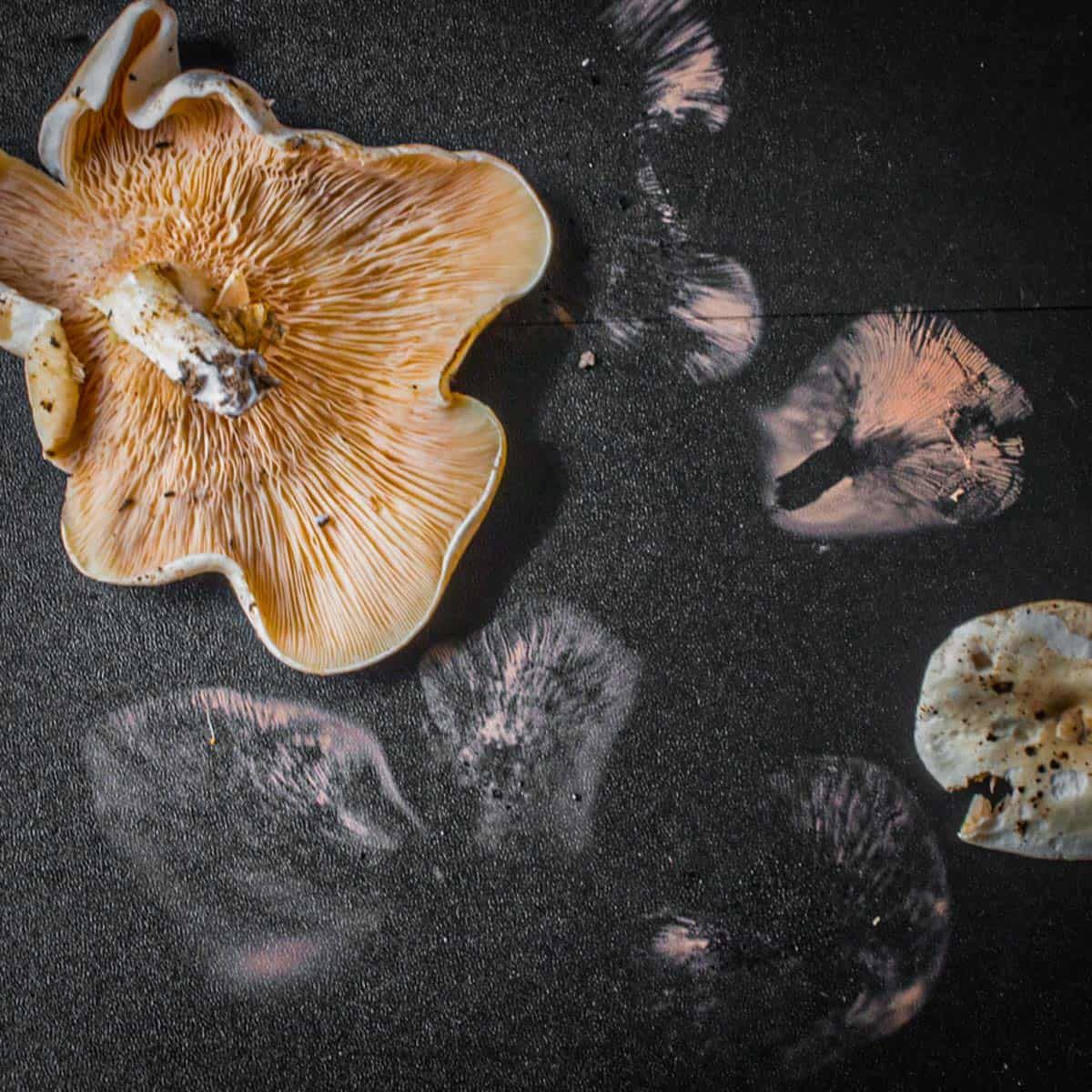

Articles
How To Store Mushroom Spore Prints
Modified: February 23, 2024
Looking for articles on how to store mushroom spore prints? Check out our informative guide for expert tips and techniques to ensure proper preservation and longevity.
(Many of the links in this article redirect to a specific reviewed product. Your purchase of these products through affiliate links helps to generate commission for Storables.com, at no extra cost. Learn more)
Introduction
Welcome to the fascinating world of mushroom spore prints! If you have ever come across a mushroom with beautiful patterns on its cap, those intricate patterns are actually spore prints. Mushroom spore prints are not only visually appealing but also serve as an essential tool for mushroom identification and cultivation.
In this article, we will explore what mushroom spore prints are, why storing them is important, the necessary materials for storage, and a step-by-step guide on how to store them effectively. Whether you are a mycology enthusiast, a mushroom farmer, or simply someone who appreciates the beauty of nature, this guide will provide you with the knowledge and techniques to store mushroom spore prints for future use.
So, let’s dive in and uncover the secrets of mushroom spore print storage!
Key Takeaways:
- Storing mushroom spore prints is crucial for identification, genetic preservation, cultivation, research, and collaboration within the mycological community. Proper storage techniques ensure the longevity and viability of these unique specimens.
- Whether stored on paper or in glass containers, maintaining a clean, controlled environment, labeling, and periodic inspection are essential for preserving mushroom spore prints. Sharing and exchanging prints fosters collaboration and the discovery of new fungal specimens.
Read more: How To Store Mushroom Spores
What are Mushroom Spore Prints?
Mushroom spore prints are the collection of spores released by mushrooms onto a substrate, typically a piece of paper or glass. When mushrooms mature, the spores are dispersed from the gills or pores located on the underside of the cap. These spores, which contain the genetic information required for mushroom reproduction, form intricate patterns and colors when collected and preserved.
Spore prints are unique to each species of mushroom and can vary in color, ranging from white to black, and everything in between. By examining the spore print color, mycologists can make informed identifications, as it is often a key characteristic used to distinguish between different species. This method is particularly useful when identifying mushrooms with similar physical features.
To obtain a mushroom spore print, it is necessary to collect a mature mushroom with an intact cap. This ensures that the spores have had sufficient time to develop and can be released onto the substrate. The cap is carefully removed and placed gill-side down, allowing the spores to fall naturally and form a distinctive pattern on the surface below.
Mushroom spore prints not only provide valuable information for identification purposes but also serve as a vital resource for mushroom cultivation. By collecting and storing spore prints, mushroom enthusiasts can use them to inoculate substrates, resulting in the growth of new mushrooms with the same genetic characteristics as the original specimen.
Now that we understand the significance and uniqueness of mushroom spore prints, let’s explore the benefits of storing them for future use.
Why Store Mushroom Spore Prints?
Storing mushroom spore prints is crucial for several reasons. Let’s take a closer look at the importance of preserving these unique specimens:
1. Mushroom Identification: Spore prints are an essential tool for accurately identifying different species of mushrooms. By comparing the spore print color and pattern of an unknown mushroom to those of known species, mycologists and enthusiasts can narrow down the possibilities and determine its classification.
2. Genetic Preservation: Storing spore prints allows for the long-term conservation of mushroom genetic material. Many species of mushrooms are becoming increasingly rare due to habitat loss, pollution, and other environmental factors. By preserving the spores, we can safeguard their genetic diversity and potentially reintroduce them into their natural habitats in the future.
3. Cultivation and Propagation: Spore prints serve as a valuable resource for mushroom cultivation. By using the spores to inoculate substrates, such as agar or grain, mycologists and cultivators can grow new mushrooms with the same genetic characteristics as the original specimen. This method is especially useful for cultivating rare or hard-to-find species.
4. Research and Study: Storing spore prints provides researchers with a wealth of information for further scientific studies. By analyzing the spore characteristics, such as shape, size, and surface ornamentation, scientists can gain insights into the evolutionary relationships between different mushroom species and better understand their ecological roles in nature.
5. Sharing and Collaboration: By storing spore prints, enthusiasts and researchers can share their collections with others, fostering collaboration and knowledge exchange within the mycological community. This enables a broader understanding of mushroom diversity and encourages the exploration of new and exciting fungal discoveries.
Now that we understand the significance of storing mushroom spore prints, let’s discuss the necessary materials for effective storage in the next section.
Necessary Materials
When it comes to storing mushroom spore prints, having the right materials is essential to ensure their preservation and longevity. Here are the necessary items you will need:
1. Mature Mushrooms: Choose mature mushrooms with intact caps. It is best to select mushrooms that are fresh and in good condition, as they will have well-developed spores.
2. Clean Paper: Use clean, high-quality paper for collecting the spore prints. Non-glossy white paper is recommended as it provides a contrasting background against the spores, making them easier to see and analyze.
3. Glass Containers: Glass containers, such as small jars or vials, are ideal for storing spore prints. Make sure the containers are clean and have airtight seals to prevent contamination and moisture damage.
4. Tweezers or Forceps: These tools are helpful for handling the mushrooms without touching them directly, reducing the risk of introducing contaminants to the spores.
5. Scalpel or Knife: A sharp scalpel or knife is useful for carefully removing the mushroom cap and placing it on the paper to create the spore print.
6. Desiccant Packs: Desiccant packs or silica gel can help absorb any moisture and prevent fungal growth, ensuring the longevity of the spore prints.
7. Labels: It is essential to label each spore print with relevant information, such as the mushroom species, collection date, and location. This labeling ensures proper identification and organizes your collection.
By gathering all these necessary materials, you will be well-prepared and equipped to effectively store your mushroom spore prints. In the following sections, we will provide a step-by-step guide on how to store spore prints on paper and in glass containers.
Step-by-Step Guide to Storing Mushroom Spore Prints
Storing mushroom spore prints is a straightforward process that requires attention to detail. Follow these steps to preserve your spore prints effectively:
Step 1: Select and Prepare a Clean Workspace: Choose a clean, well-lit area free from drafts and contaminants. It is important to maintain a sterile environment to prevent any unwanted fungal growth or contamination.
Step 2: Collect the Mushroom Cap: Using clean tweezers or forceps, carefully separate the mushroom cap from the stem. Ensure that the cap remains intact and undamaged, as this will facilitate the release of spores.
Step 3: Place the Mushroom Cap: Position the mushroom cap gill-side down on a piece of clean, non-glossy white paper. Ensure that the cap makes direct contact with the paper to maximize spore deposition.
Step 4: Cover and Wait: Place a glass or inverted bowl over the mushroom cap to create a controlled environment. This helps to maintain humidity and prevent airflow disturbance. Allow the mushroom cap to sit undisturbed for 24-48 hours, or until an ample amount of spores have been deposited onto the paper.
Step 5: Remove the Mushroom Cap: Carefully lift the glass or bowl, ensuring that no spores are accidentally disrupted. Gently remove the mushroom cap by lifting it straight up, avoiding any contact with the spore print surface.
Step 6: Store the Spore Print on Paper: Once the spore print is dry, carefully fold the paper to enclose the spores, taking care not to damage or smudge the print. Place the folded paper in a labeled envelope or airtight container to protect it from light, moisture, and contaminants.
Step 7: Store the Spore Print in Glass Containers: If you prefer to store the spore print in small glass containers, carefully scrape the spores from the paper onto a clean, dry surface inside the container. Seal the container tightly to prevent any moisture or contaminants from entering.
Step 8: Add Desiccant Packs: For long-term storage, consider adding desiccant packs or silica gel to absorb any moisture and maintain optimal humidity levels. This will help preserve the spore prints and prevent the growth of mold or fungi.
Step 9: Label and Organize: Label each spore print container or envelope with relevant information, such as the mushroom species, collection date, and location. This ensures easy identification and organization as your collection grows.
By following these step-by-step instructions, you will be able to store your mushroom spore prints effectively and preserve them for future use in identification, cultivation, and research. In the following sections, we will discuss specific techniques for storing spore prints on paper and in glass containers.
Store mushroom spore prints in a cool, dry place, away from direct sunlight. Use airtight containers or ziplock bags to prevent moisture and contamination. Label the containers with the date and type of mushroom for easy identification.
Read more: How To Store Spore Print
Storing Spore Prints on Paper
Storing mushroom spore prints on paper is a popular and accessible method that allows for easy observation and analysis. Here’s a detailed guide on how to store spore prints on paper:
Step 1: Collect a Mushroom Cap: Select a mature mushroom with an intact cap. Using clean tweezers or forceps, carefully detach the cap from the stem, ensuring it remains undamaged.
Step 2: Prepare the Paper: Place a clean, non-glossy white paper on a sterile surface. This will serve as the substrate for collecting the spores. It’s essential to use a contrasting background against the spores for better visibility and analysis.
Step 3: Position the Cap: Place the mushroom cap gill-side down on the paper. Make sure the entire cap makes direct contact with the paper surface. You can gently press or twist the cap slightly to help release the spores.
Step 4: Cover and Wait: To create a controlled environment, place a glass or inverted bowl over the mushroom cap. This helps maintain humidity and prevents any disturbance from airflow. Allow the spores to fall naturally onto the paper for 24-48 hours.
Step 5: Remove the Cap: Carefully lift the glass or bowl to avoid disrupting the spore print. Lift the mushroom cap straight up, ensuring no contact with the spore surface, to prevent smudging or contamination.
Step 6: Dry the Spore Print: Allow the spore print to air dry completely. Ensure that the paper is placed in a dry area with good air circulation to prevent the growth of mold or fungi. This process may take a few days, depending on environmental conditions.
Step 7: Fold and Store: Once the spore print is dry, carefully fold the paper to enclose the spore deposit. Take extra care to avoid damaging or smudging the print during folding. Place the folded paper in a labeled envelope or airtight container for long-term storage.
Step 8: Maintain Ideal Storage Conditions: Store the spore prints in a cool, dry place away from direct sunlight. Ensure that the storage container is airtight to prevent moisture, light, and contaminants from affecting the spores’ viability.
Storing mushroom spore prints on paper not only allows for easy examination but also provides an opportunity to share and exchange prints with other enthusiasts or researchers. The next section will explore the technique of storing spore prints in glass containers.
Storing Spore Prints in Glass Containers
Storing mushroom spore prints in glass containers is a popular method that offers extra protection and longevity. Here’s a detailed guide on how to store spore prints in glass containers:
Step 1: Gather Clean Glass Containers: Select small glass containers, such as jars or vials, that are clean and have airtight seals. It’s important to ensure that the containers are free from any contaminants that may affect the spore prints.
Step 2: Prepare the Spore Print: Once you have obtained a mature mushroom cap, carefully place it gill-side down on a clean, non-glossy white paper. Allow the spores to fall and form a distinctive pattern on the paper surface.
Step 3: Scrape the Spores: Using a clean scalpel or knife, gently scrape the spores from the paper surface and transfer them into the glass container. Be cautious to only collect the spores and avoid any debris or paper fragments.
Step 4: Seal the Glass Container: Ensure that the glass container is tightly sealed to prevent any moisture, light, or contaminants from entering. This will help maintain the spore prints’ quality and integrity over an extended period.
Step 5: Add Desiccant Packs: Consider adding desiccant packs or silica gel inside the glass container to absorb any excess moisture and maintain optimal humidity levels. This helps to prevent fungal growth and preserve the spore prints in good condition.
Step 6: Label and Organize: It’s crucial to label each glass container with relevant information, such as the mushroom species, collection date, and location. This ensures easy identification and organization of your spore print collection.
Step 7: Store in a Cool, Dry Place: Place the glass containers in a cool, dry area away from direct sunlight. This will help maintain the spore prints’ quality and extend their shelf life. Avoid exposing them to extreme temperature changes or excessive humidity.
Storing spore prints in glass containers provides an added layer of protection against humidity, light, and contaminants. This method is particularly useful when you have limited space or want to store spore prints for long-term preservation. In the next section, we will share some helpful tips for long-term storage of mushroom spore prints.
Tips for Long-Term Storage
Proper long-term storage of mushroom spore prints is essential to preserve their viability and maintain their quality over an extended period. Here are some helpful tips to ensure optimal storage conditions:
1. Maintain a Cool and Dry Environment: It is crucial to store spore prints in a cool and dry area away from direct sunlight. Fluctuating temperatures and excessive humidity can degrade the spores and affect their viability.
2. Use Airtight Containers: Whether storing spore prints on paper or in glass containers, make sure the storage containers have airtight seals. This helps prevent the entry of moisture, which can promote fungal growth and damage the spores.
3. Protect from Light Exposure: Exposure to light, especially sunlight, can degrade the spores over time. Store spore prints in opaque containers or in a dark room to minimize exposure to light and maintain their quality.
4. Consider Desiccant Packs: Adding desiccant packs or silica gel inside the storage containers is beneficial for absorbing excess moisture and maintaining the ideal humidity levels. This prevents mold growth and extends the shelf life of the spore prints.
5. Label and Organize: Properly label each spore print container or envelope with relevant information, including the mushroom species, collection date, and location. This ensures easy identification and organization, especially when you have a large collection.
6. Avoid Contamination: Take precautions to prevent contamination of the spore prints. Use sterilized tools and handle the spore prints with clean gloves or tweezers to minimize the introduction of foreign particles or microorganisms.
7. Periodic Inspection: Occasionally check on your stored spore prints to ensure they remain in good condition. Look for any signs of mold, moisture, or damage. If needed, transfer the prints to new containers and replace desiccant packs as necessary.
8. Share and Exchange: Consider sharing your spore prints or participating in spore print exchanges with other enthusiasts. This fosters collaboration, expands your collection, and ensures the preservation of diverse mushroom genetics.
By following these tips, you can ensure the longevity and quality of your stored mushroom spore prints. Whether you are a mycology enthusiast, a researcher, or a mushroom cultivator, proper storage techniques are vital for preserving spore prints for identification, cultivation, and scientific study.
Conclusion
Congratulations! You have now learned the importance of storing mushroom spore prints and how to do it effectively. By preserving these unique specimens, you not only facilitate mushroom identification but also contribute to the preservation of fungal genetic diversity and enable further research and cultivation opportunities.
Whether you choose to store spore prints on paper or in glass containers, remember to create a clean and controlled environment, handle the prints with care, and maintain ideal storage conditions of cool, dry, and dark spaces. Labeling and organizing your collection will ensure easy identification and future reference.
With stored spore prints, you can engage in various activities such as identification of unknown mushrooms, cultivation of specific species, research on evolutionary relationships, and sharing your collection with others in the mycological community.
Remember to periodically inspect your stored spore prints and replace containers or desiccant packs if necessary. Sharing your prints or participating in spore print exchanges allows for collaboration and the discovery of new and exciting fungal specimens.
So, whether you are a mycology enthusiast exploring the wonders of the fungal kingdom or a researcher unraveling the mysteries of mushroom genetics, the knowledge and techniques shared in this article will serve as your guide to effectively store mushroom spore prints and unlock the multitude of possibilities they hold.
Happy storing and may your spore print collection become a treasure trove of fungal wonders!
Frequently Asked Questions about How To Store Mushroom Spore Prints
Was this page helpful?
At Storables.com, we guarantee accurate and reliable information. Our content, validated by Expert Board Contributors, is crafted following stringent Editorial Policies. We're committed to providing you with well-researched, expert-backed insights for all your informational needs.
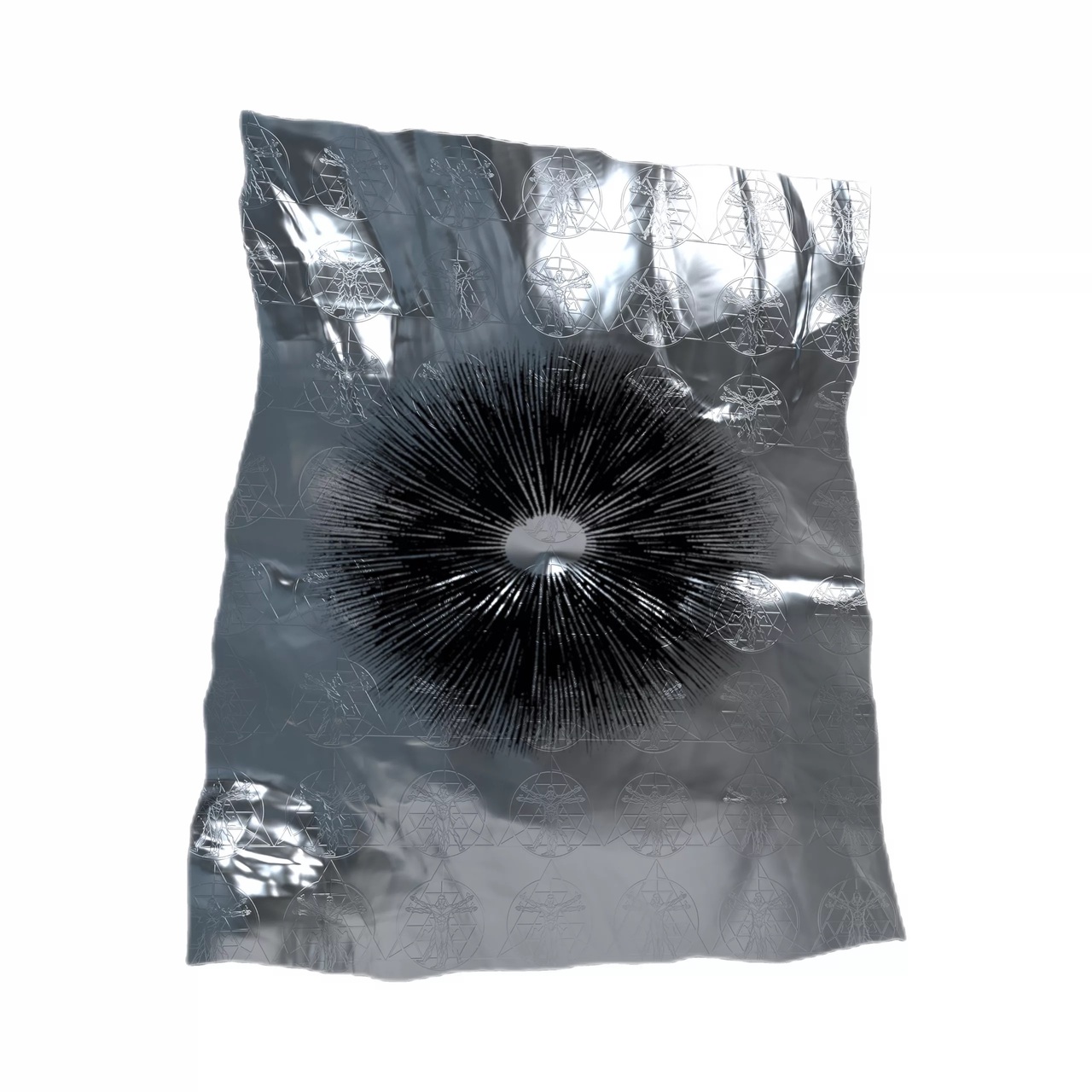
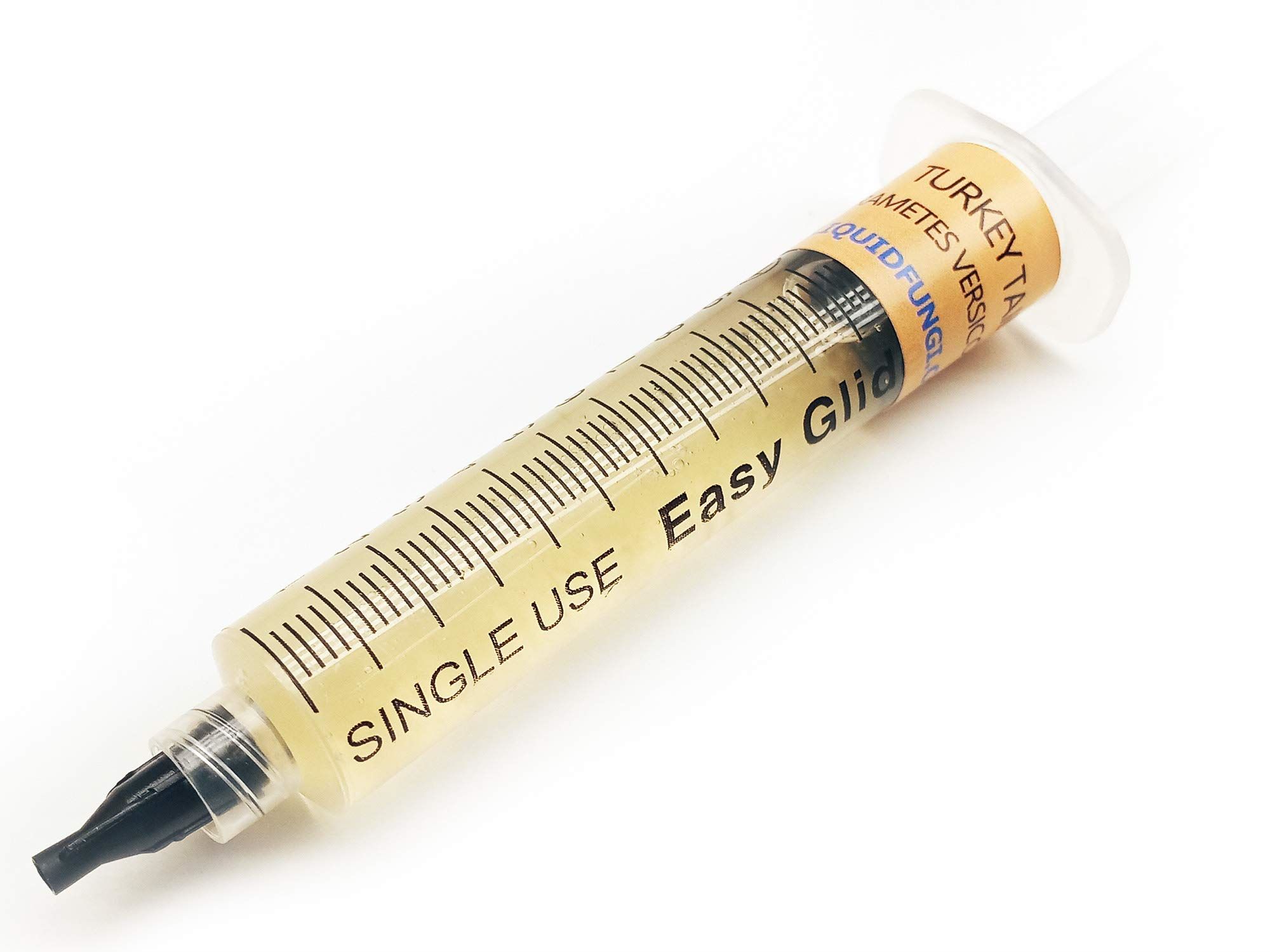
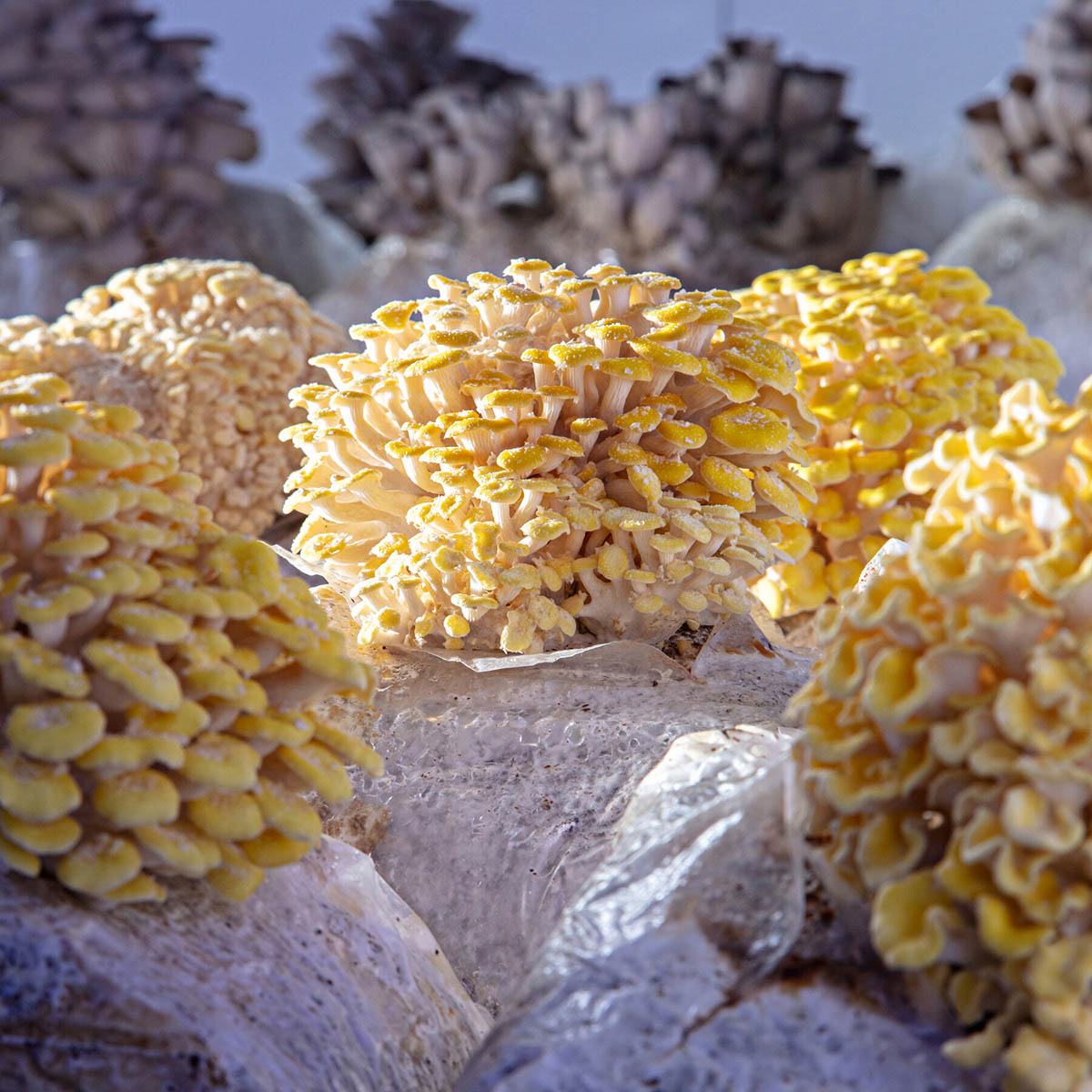
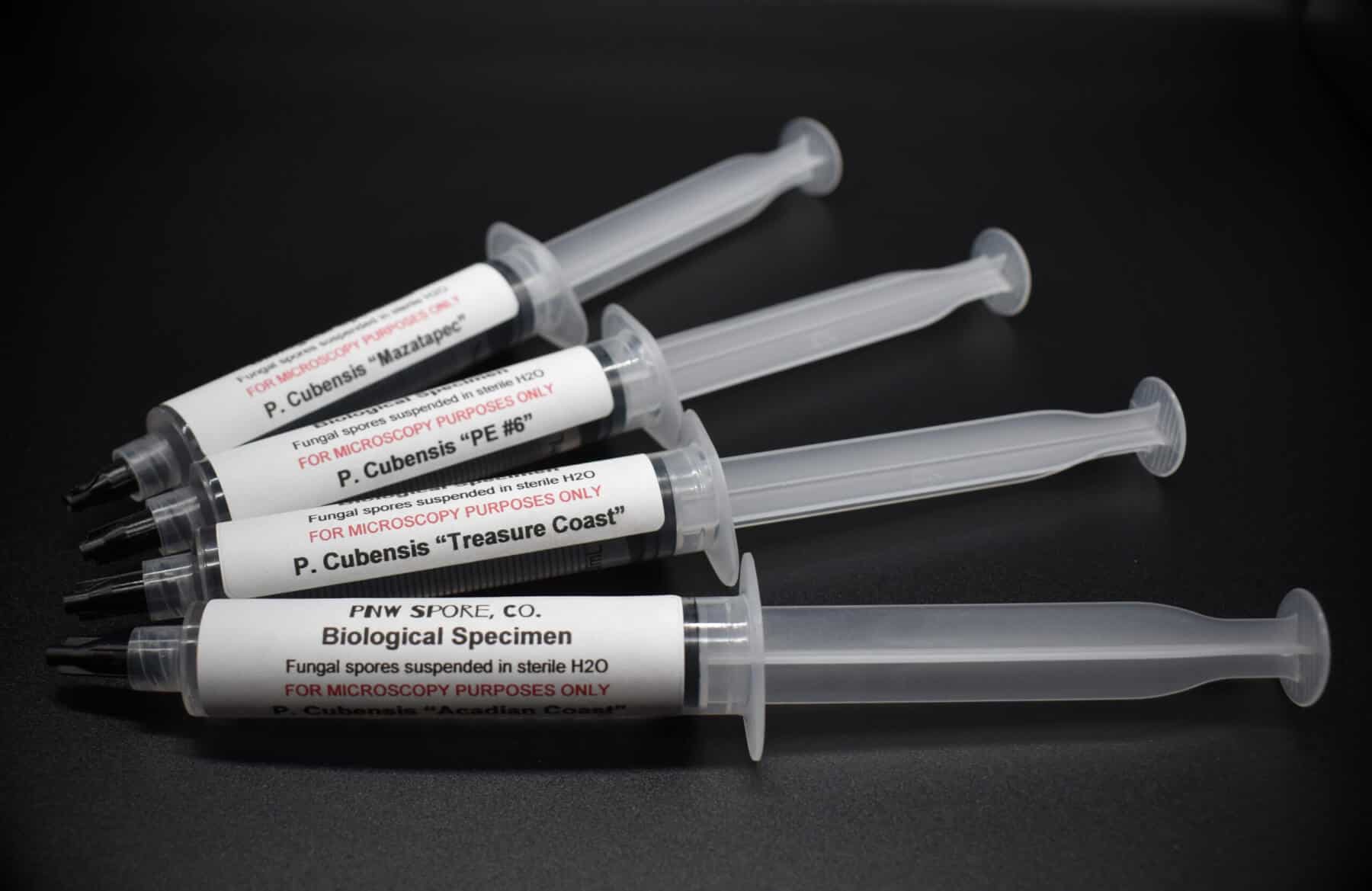
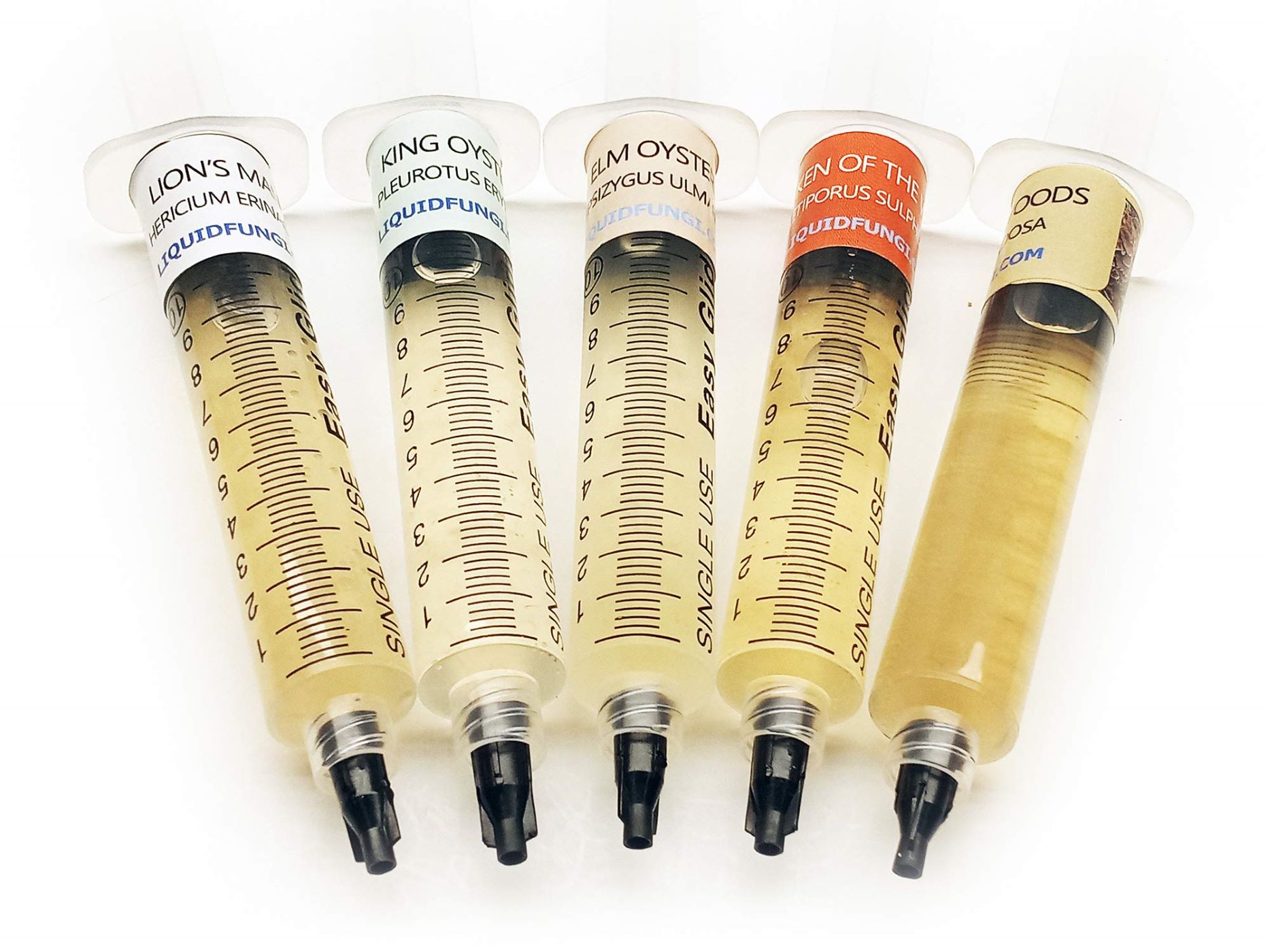
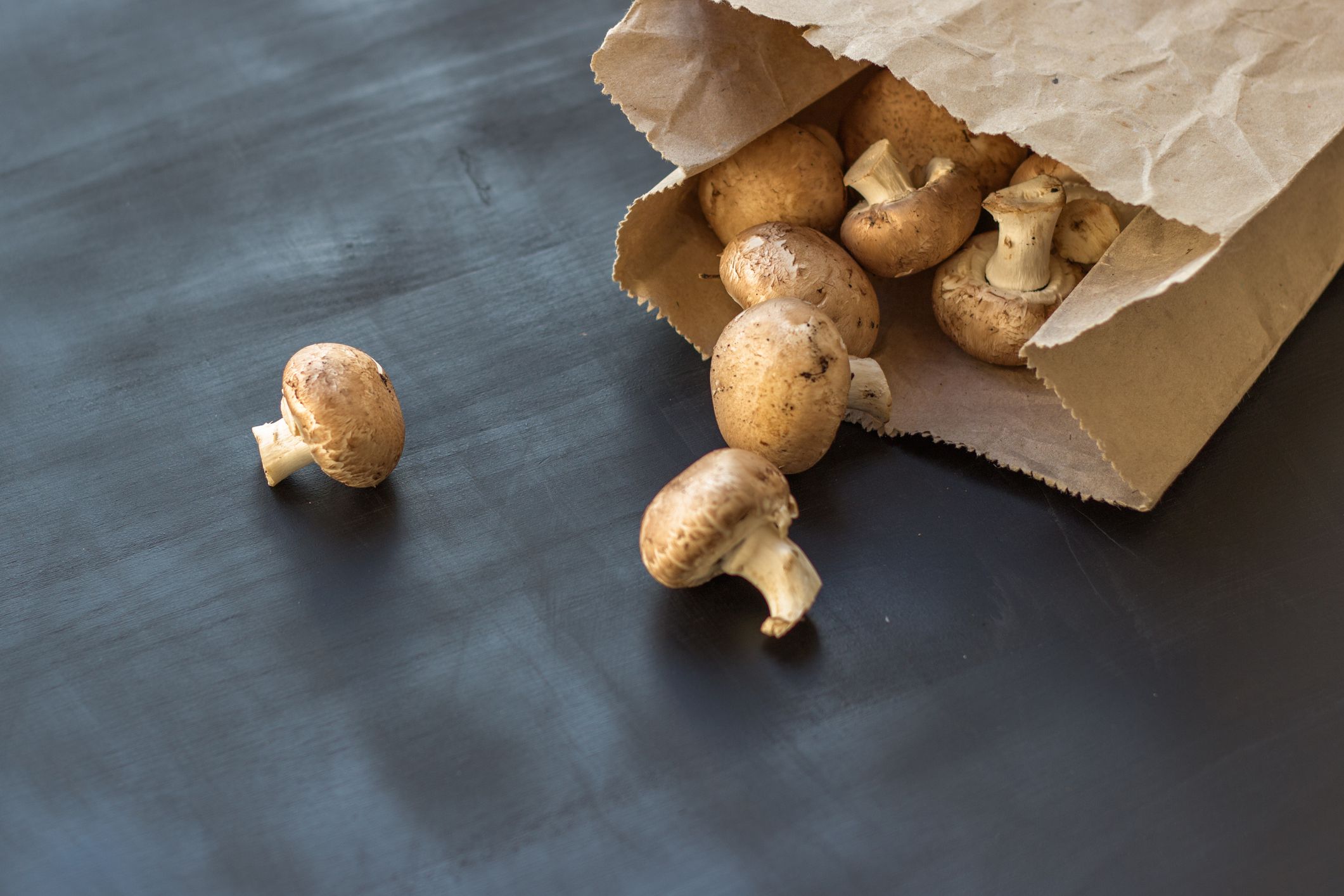
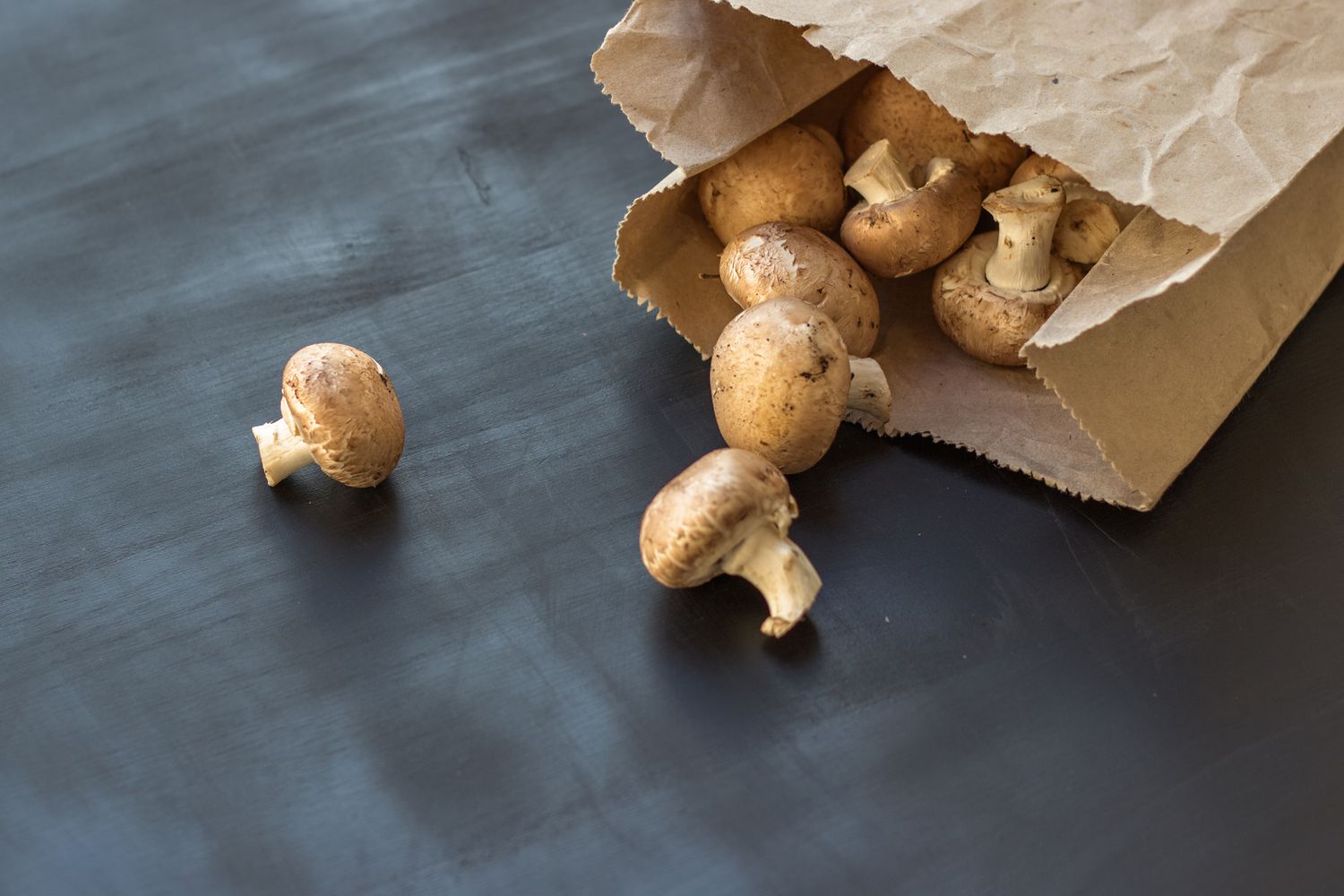
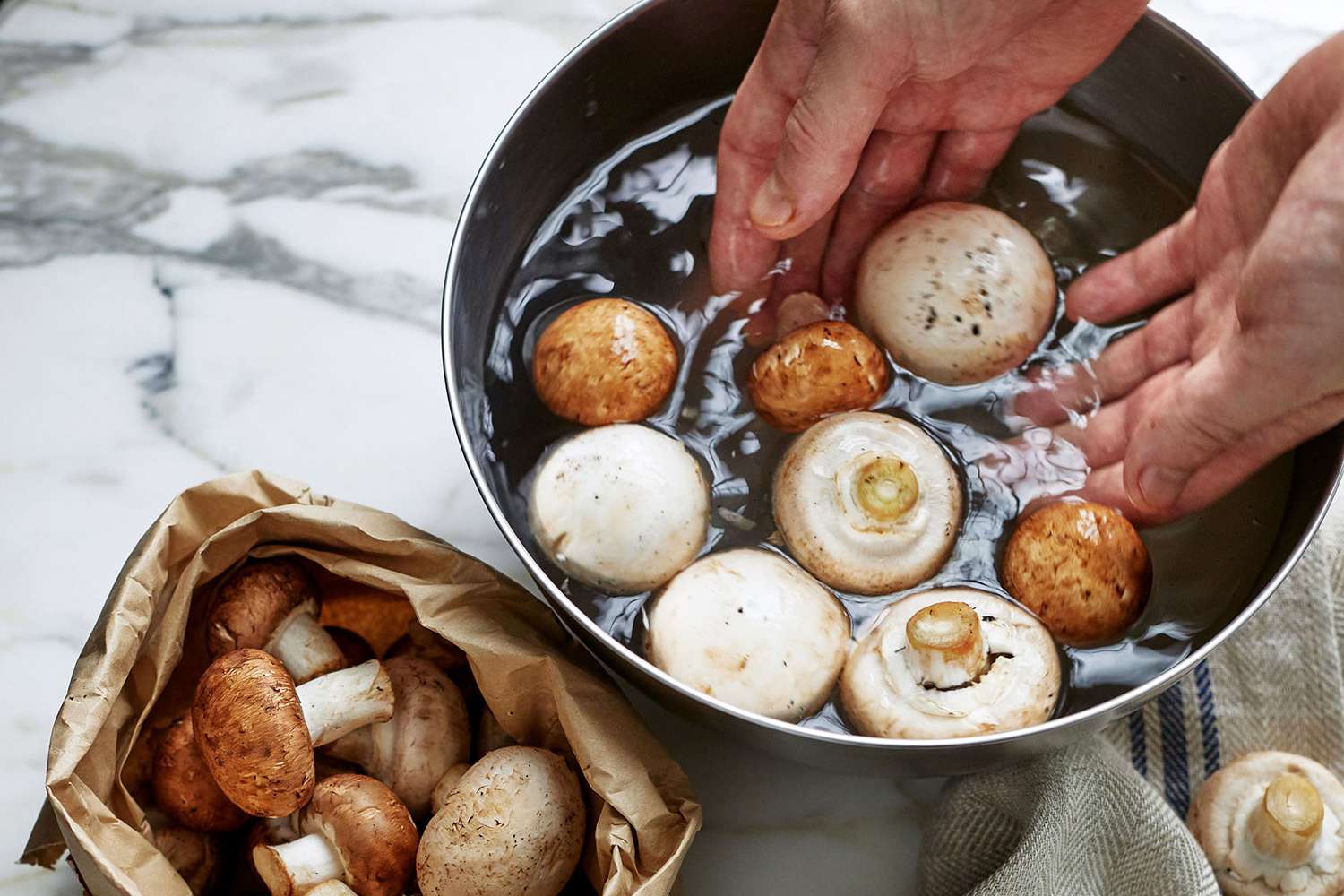
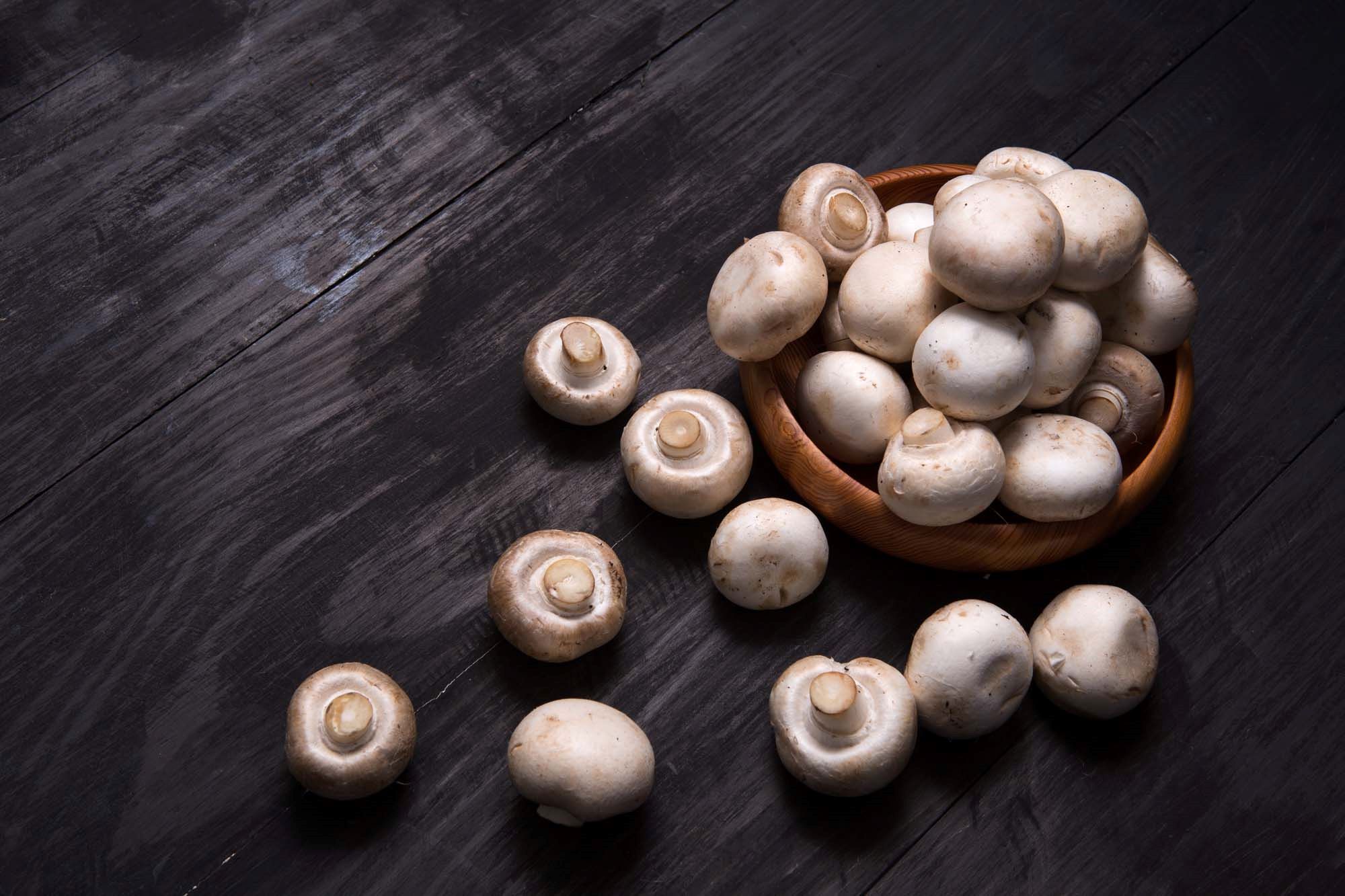
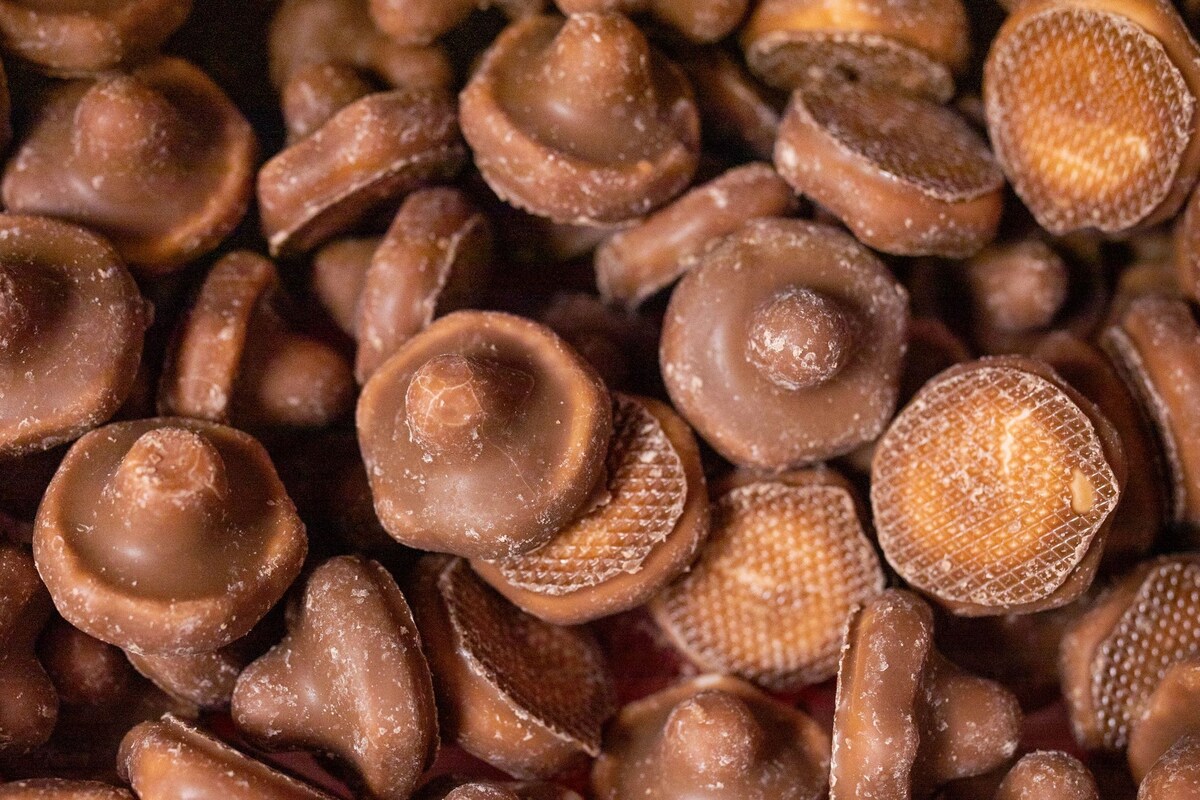
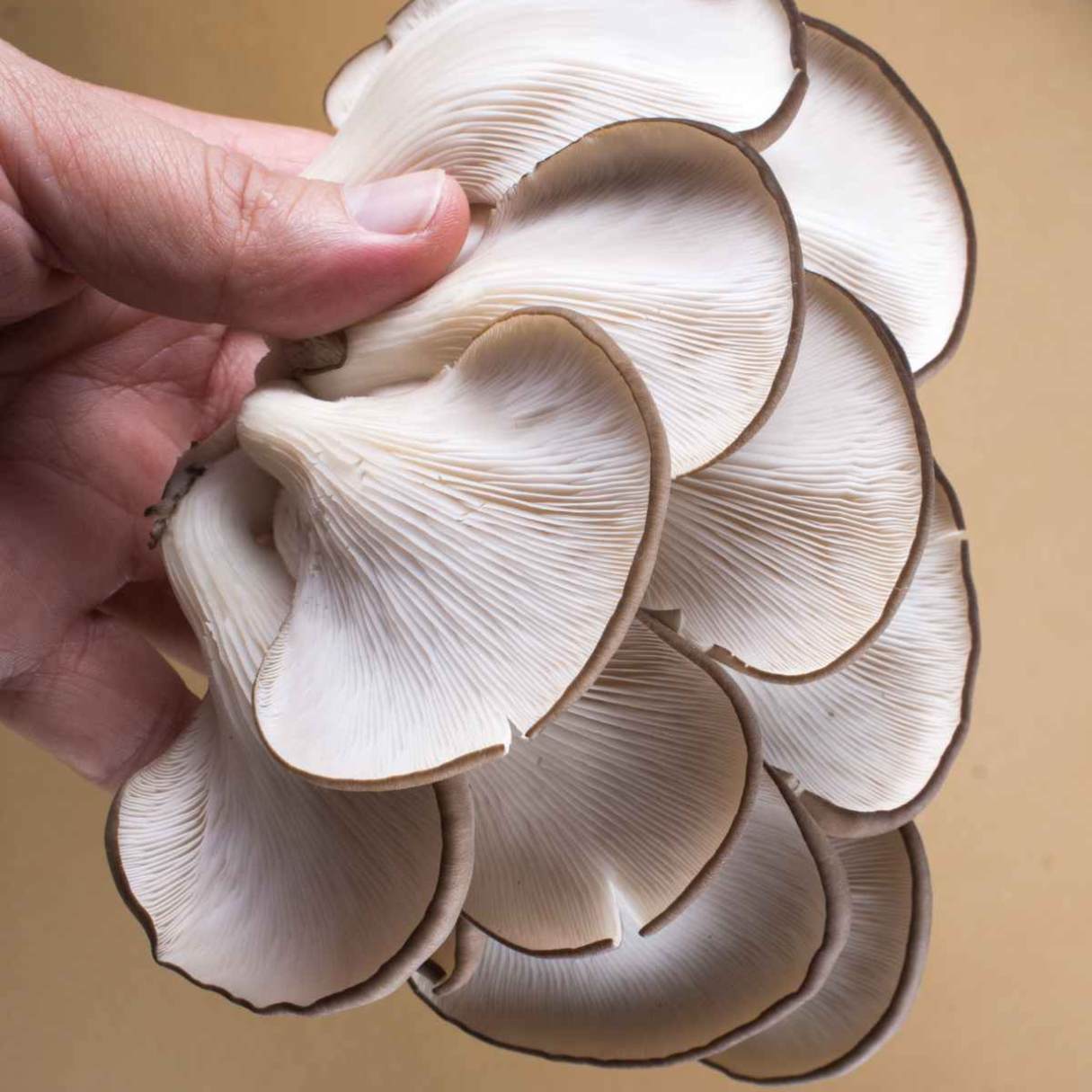
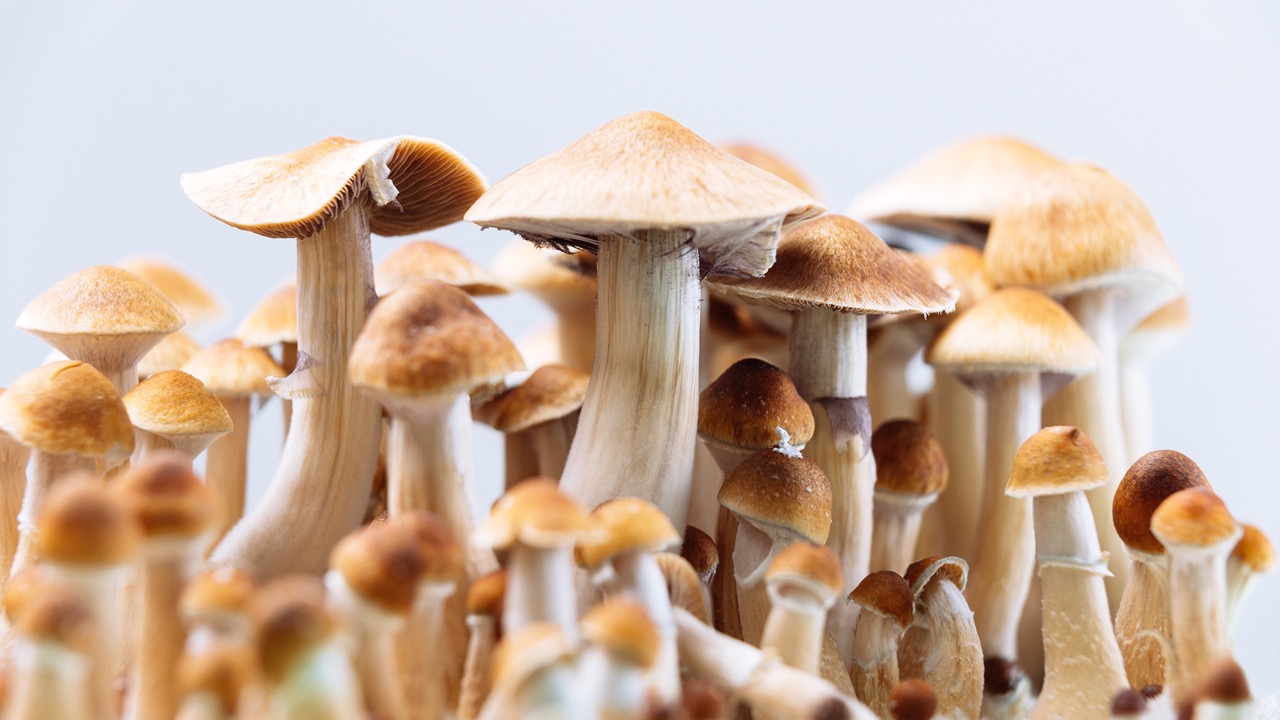
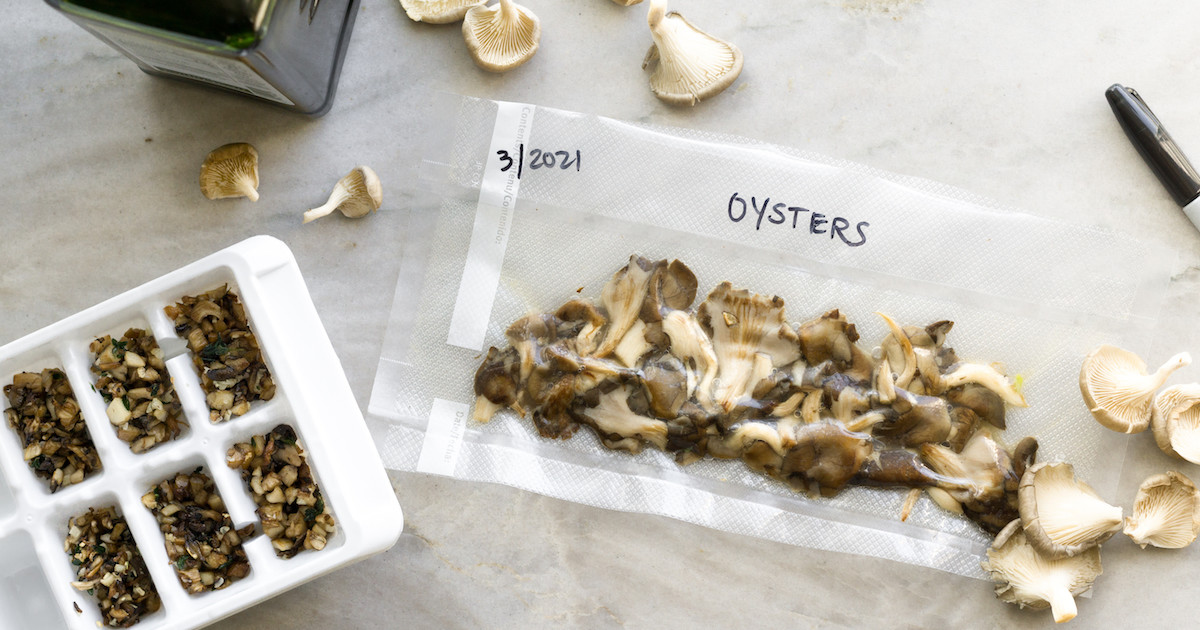
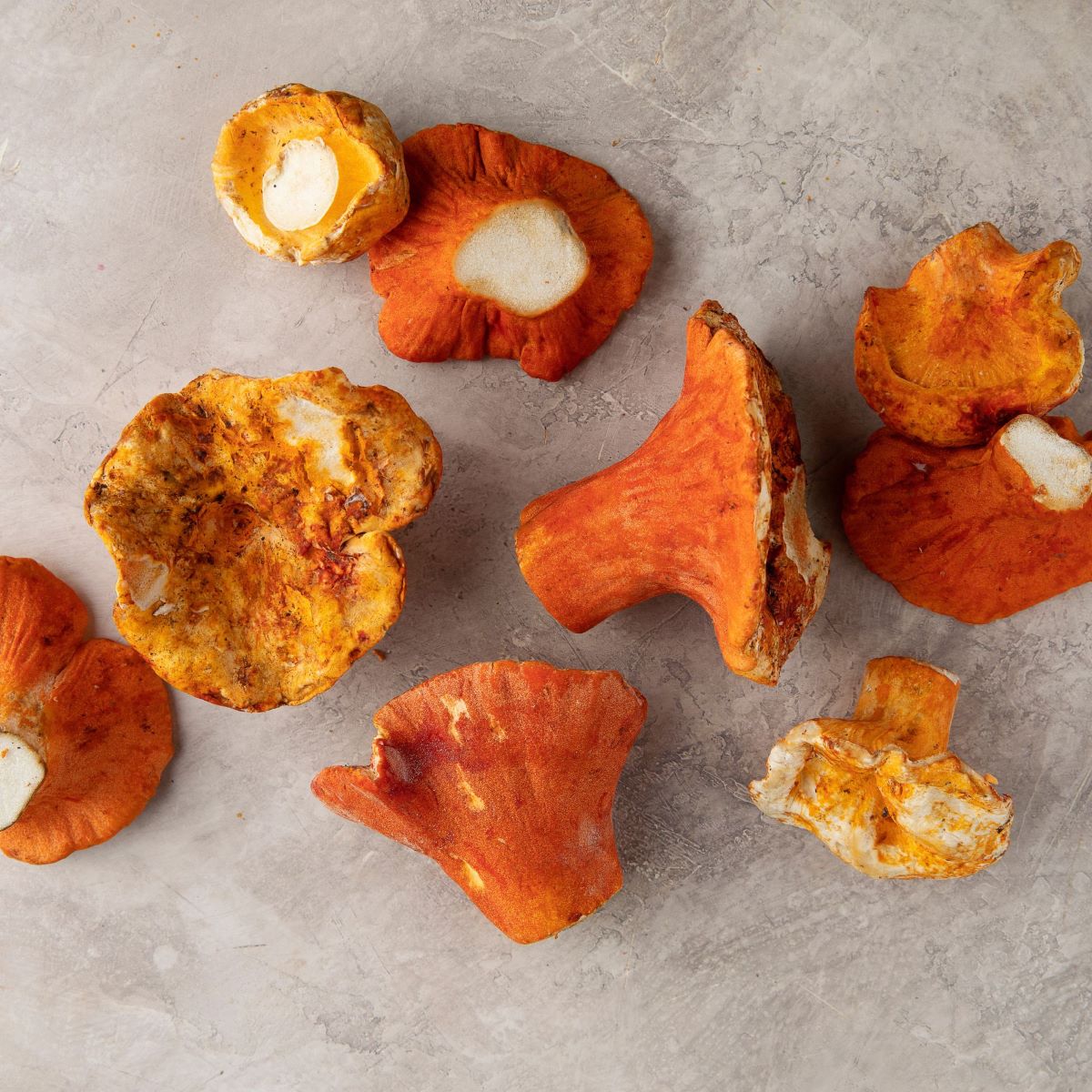

0 thoughts on “How To Store Mushroom Spore Prints”